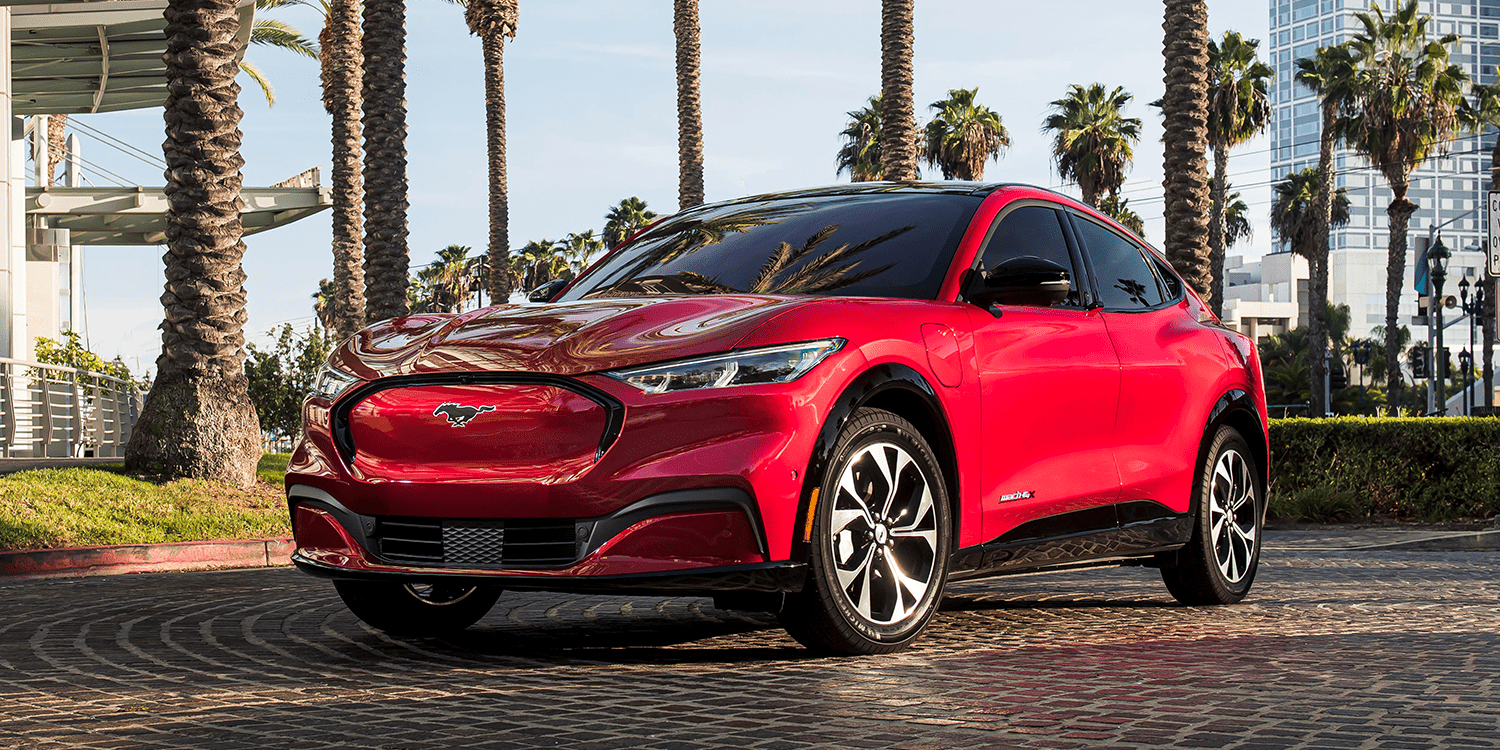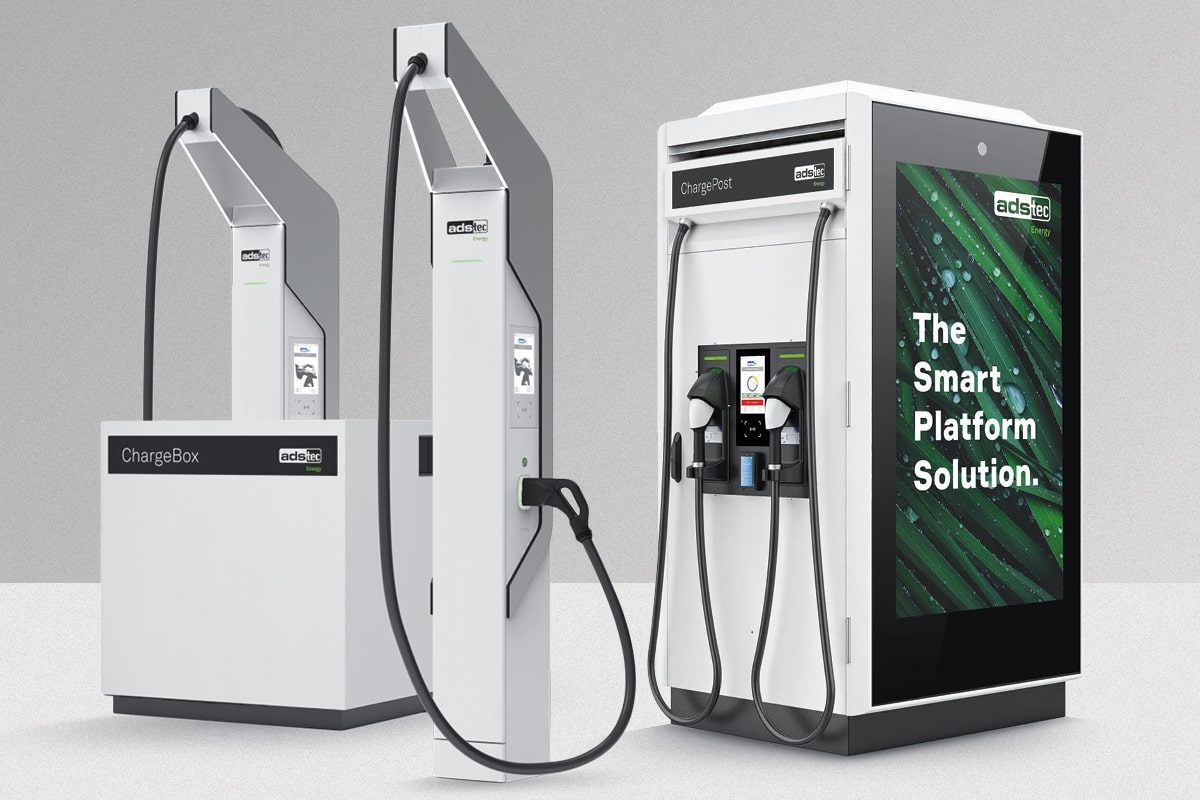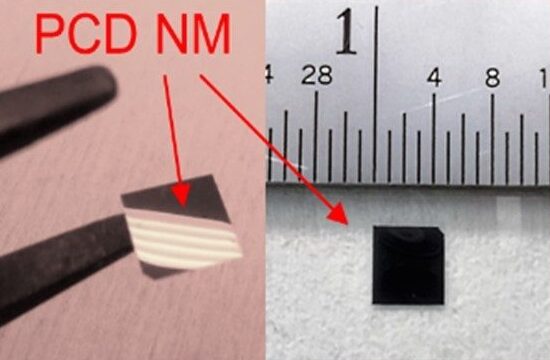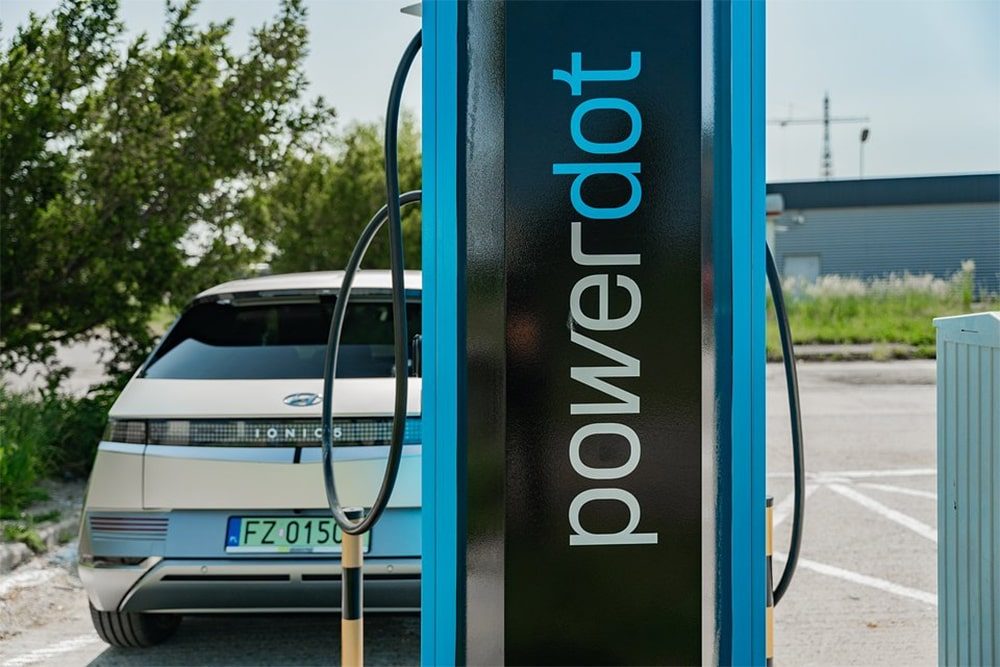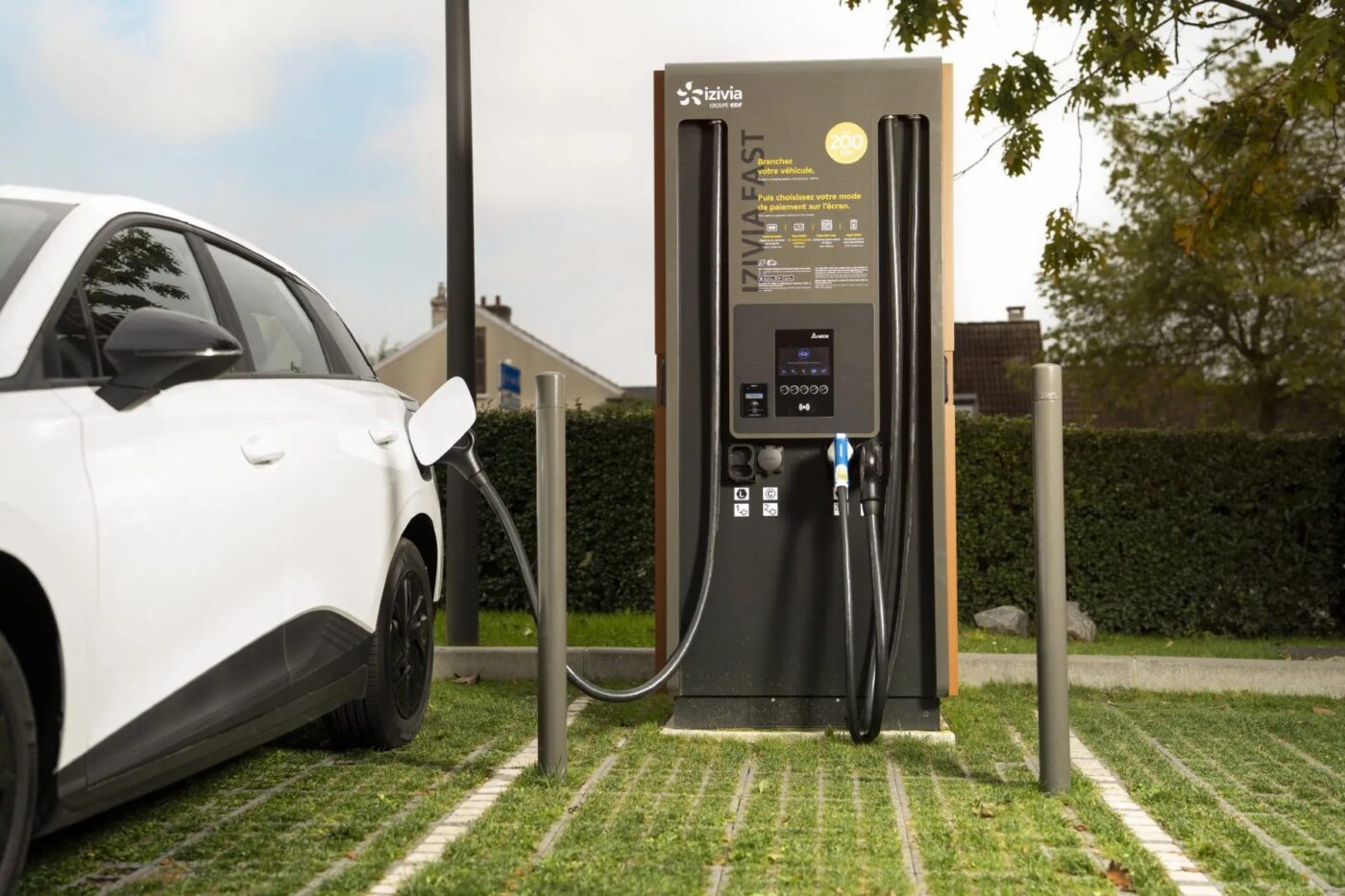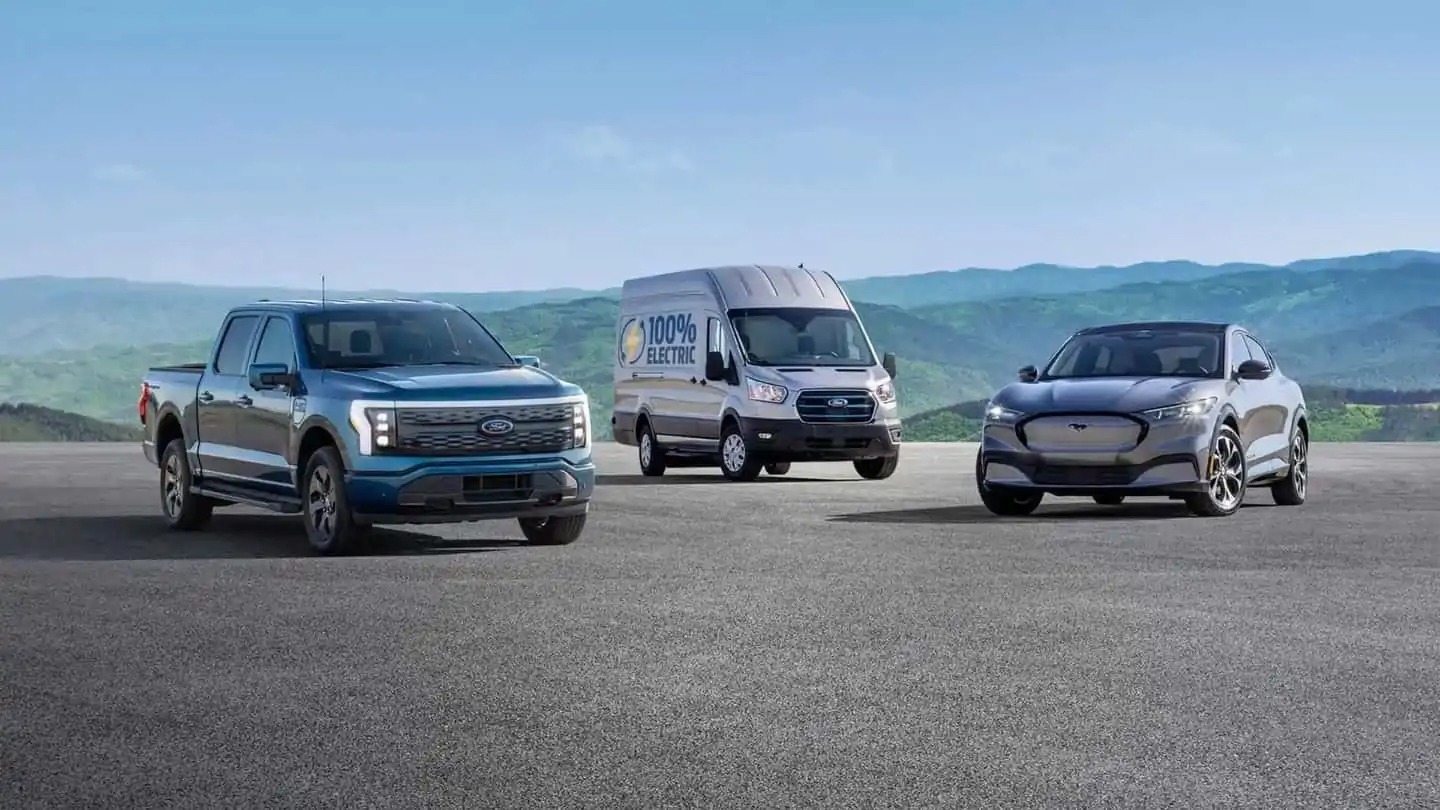Tesla has officially announced the opening of its Supercharger network to non-Tesla electric vehicles, with Ford being the first automaker to participate. While more OEMs are expected to join the program throughout 2024, analysts predict that this move could become a multi-billion-dollar business for Tesla in the coming years.
The decision comes after several automakers adopted Tesla’s North American Charging Standard (NACS) plug and charger system last year. Ford’s CEO, Jim Farley, praised the partnership, highlighting that “it works great” for Ford customers. For non-Tesla EV owners, accessing the Supercharger network offers clear advantages in terms of speed, reliability, and extensive coverage.
However, these advantages come at a cost. Tesla is reportedly charging Ford owners approximately 30% more on average than its own vehicle owners. Non-Tesla EV owners can access the network at Tesla prices by signing up for a monthly $13 membership plan.
Analysts predict significant revenue potential for Tesla from this initiative. One CNBC analyst estimates annual earnings of between $6 to $12 billion by 2030, while a Wedbush analyst values the Supercharger network at between $10 and $20 billion by the same year. These figures could represent under 10% of Tesla’s revenue by 2030.
Tesla’s move to open its Supercharger network comes as the automaker faces a potential decline in revenue from carbon credits amid the ongoing transition to electrification. Revenue generated from non-Tesla EV charging fees could serve as a key revenue stream for Tesla in the future.
See also: Tesla to Open 15,000 Superchargers to Four New Automakers in Spring 2024
While some speculate that opening the Supercharger network to other automakers could diminish Tesla’s brand appeal, experts note that many Tesla owners choose the brand for its identity rather than its value. Whether this dynamic will change by 2030 remains to be seen.


